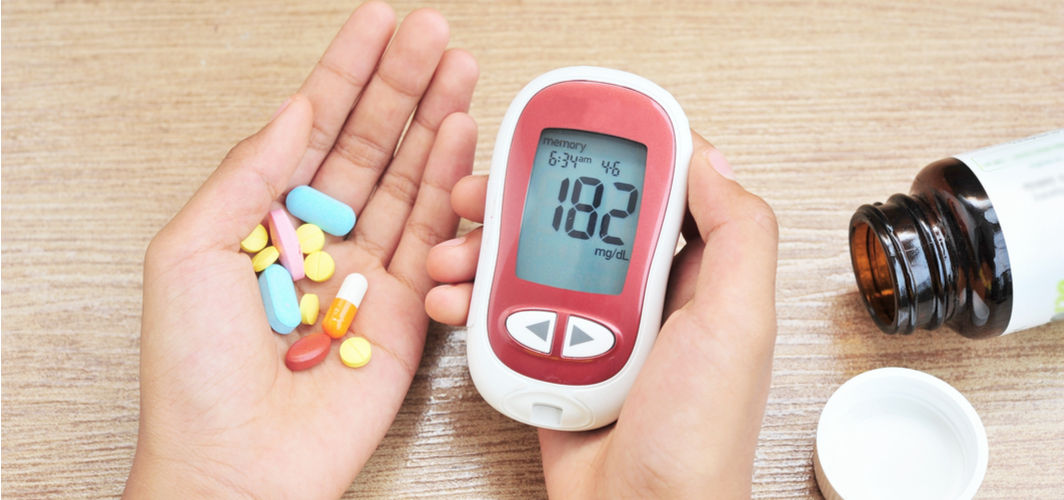Diabetes Management
Avoid or Limit These Common Foods with Hidden Sugar
5 min read
By Apollo 24/7, Published on - 07 January 2021, Updated on - 15 October 2023
Share this article
2
77 likes

Foods with hidden sugar in them
-
Carbonated beverages
-
Fruit juice
-
Breakfast cereal
-
Sauces and ketchup
-
Yoghurt/Curds
-
Bread
-
Protein powder and bars
-
Alcoholic drinks
Why is high sugar harmful to health?
- A study published in the journal JAMA Internal Medicine stated that people who consume a high-sugar diet are at an increased risk of dying from heart disease. In this study, the scientists analysed the subjects for 15 years and found that people who got 17% to 21% calories from added sugar in their diet had a 38% increased risk of dying from heart diseases compared to people who consumed 8% calories as added sugar.
- Another study conducted at the Johns Hopkins Bloomberg School of Public Health and University School of Medicine concluded that people who consume high levels of sugary carbonated beverages are at increased risk of developing coronary artery disease despite having no medical history of cardiovascular disease, cancer or diabetes.
- Studies reveal excessive sugar consumption can lead to obesity and metabolic syndrome, type 2 diabetes, hypertension, high cholesterol, non-alcoholic fatty liver and dental problems (cavities and plaque deposition).
Conclusion
Diabetes Management
Consult Top Diabetologists
View AllLeave Comment
Recommended for you

Diabetes Management
Blood Pressure Lowering Medicines May Reduce the Risk of Type 2 Diabetes
Blood pressure-lowering medicines may reduce the risk of developing type 2 diabetes. Some medications, such as ACE inhibitors and ARBs, have shown potential in improving insulin sensitivity and glucose metabolism. By controlling blood pressure levels, these medications may help mitigate the risk and progression of type 2 diabetes in individuals with hypertension.

Diabetes Management
Should Non-Diabetic People Check Their Blood Sugar Levels?
Monitoring blood sugar levels is typically associated with diabetes management, but it can also offer benefits to non-diabetic individuals. Regular checks can aid in the early detection of conditions like prediabetes, making it possible to take proactive measures. Those with a family history of diabetes can use monitoring to assess the risk factors and implement lifestyle changes. While non-diabetics do not need frequent monitoring, occasional checks can serve as a valuable tool for early detection, prevention, and overall health awareness.

Diabetes Management
Top 5 Misconceptions About Diabetes- Know The Facts Here!
Diabetes is one of the leading global public health concerns. Despite its increasing prevalence around the world, there are plenty of myths and misconceptions associated with the condition and its treatment. To deal with diabetes, it’s vital to know what’s true and what’s not. So, here is more about some common misconceptions about diabetes and the truth behind them.
Subscribe
Sign up for our free Health Library Daily Newsletter
Get doctor-approved health tips, news, and more.
Visual Stories

8 Fruits That are Incredibly Healthy for Diabetes
Tap to continue exploring
Recommended for you

Diabetes Management
Blood Pressure Lowering Medicines May Reduce the Risk of Type 2 Diabetes
Blood pressure-lowering medicines may reduce the risk of developing type 2 diabetes. Some medications, such as ACE inhibitors and ARBs, have shown potential in improving insulin sensitivity and glucose metabolism. By controlling blood pressure levels, these medications may help mitigate the risk and progression of type 2 diabetes in individuals with hypertension.

Diabetes Management
Should Non-Diabetic People Check Their Blood Sugar Levels?
Monitoring blood sugar levels is typically associated with diabetes management, but it can also offer benefits to non-diabetic individuals. Regular checks can aid in the early detection of conditions like prediabetes, making it possible to take proactive measures. Those with a family history of diabetes can use monitoring to assess the risk factors and implement lifestyle changes. While non-diabetics do not need frequent monitoring, occasional checks can serve as a valuable tool for early detection, prevention, and overall health awareness.

Diabetes Management
Top 5 Misconceptions About Diabetes- Know The Facts Here!
Diabetes is one of the leading global public health concerns. Despite its increasing prevalence around the world, there are plenty of myths and misconceptions associated with the condition and its treatment. To deal with diabetes, it’s vital to know what’s true and what’s not. So, here is more about some common misconceptions about diabetes and the truth behind them.